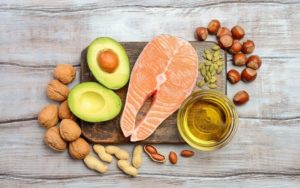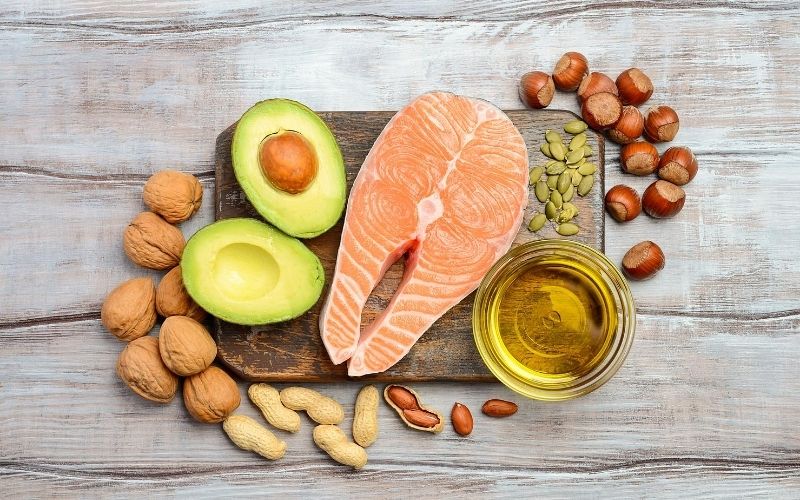According to the CDC, over 100 million Americans have high cholesterol. While this chemical compound is not always bad and in fact can be necessary to a number of biological functions, high cholesterol levels can result in buildup of plaque which clogs the arteries, increasing your risk of heart attack. If you’re concerned about your cholesterol levels, a healthy diet is a critical step in avoiding long-term complications and Leah can help you with this. Here is a quick FAQ on cholesterol and what you should be eating to reduce it.
What is cholesterol?
Cholesterol is an organic molecule found in the bodies of every living animal. It is processed through the liver and makes up an important component of animal cell membranes. While a high level of high-density lipoprotein (HDL) cholesterol are actually a positive health indicator (HDL is often referred to “good” cholesterol), low-density lipoprotein (LDL) cholesterol can build up over time with no noticeable symptoms and result in dangerous atherosclerosis (heart disease).
Which foods are high in “bad” cholesterol?
When trying to reduce your cholesterol levels, one of the most important steps is cutting back on animal products such as meat, eggs, and dairy. Processed meats such as hot dogs and bacon are also high in LDL cholesterol, as are deep-fried foods. You’re best off preparing your own food so that you know what’s in it, and above all you should avoid fast food, which has a serious tendency towards artery-clogging fare. Sweets like cookies and cake also tend to spike cholesterol, as well as containing an unhealthy amount of refined sugars.
What do I eat to lower my cholesterol?
You don’t necessarily need to go fully vegan, but a diet that emphasizes plant-based foods is highly recommended for reducing your LDL levels. Some of the best foods to eat on a low-cholesterol diet include:

Nuts and Legumes – Nuts like almonds and walnuts, and legumes such as beans, lentils, and peas, are good sources of protein which can replace unhealthy processed meats. Nuts make healthy snacking, also providing a rich source of calcium, potassium, and magnesium.
Berries – Fruits, particularly those that are high in fiber, are great for lowering your levels of bad cholesterol. Fiber helps by binding to cholesterol and allowing some of the excess to leave our bodies by passing through the excretory system.
Green Vegetables – Dark leafy greens like spinach and kale have been shown in studies to reduce LDL levels and may also help prevent bad cholesterol from binding to the arterial wall.
Fatty Fish – Fish like salmon and sardines are a good source of omega-3 fatty acids, which reduce inflammation in the body and help prevent plaque buildup and hardening of the arteries.
Avocado – This superfood is enjoying a real cultural moment of late, and it’s no wonder. Avocados are a great source of healthy fats and HDL (“good”) cholesterol, plus they taste great on just about everything.
Low-Cholesterol Recipe: Kale, Corn, and Quinoa Salad
From our own registered dietitian, Leah Silberman of Wellhaus Health, here’s a delicious summer recipe that’s great for those who are trying to watch their cholesterol.
Ingredients:
1 cup tricolor quinoa
1/4 cup onions, diced, sauteed
1 cup bell pepper, diced
1/2 cup sweet corn kernels
2 cups baby kale
Instructions:
Prepare quinoa according to box directions. Once cooled, mix sauteed onions, bell peppers, corn, and kale together. Dress with champagne vinegar and extra virgin olive oil.


Recent Comments